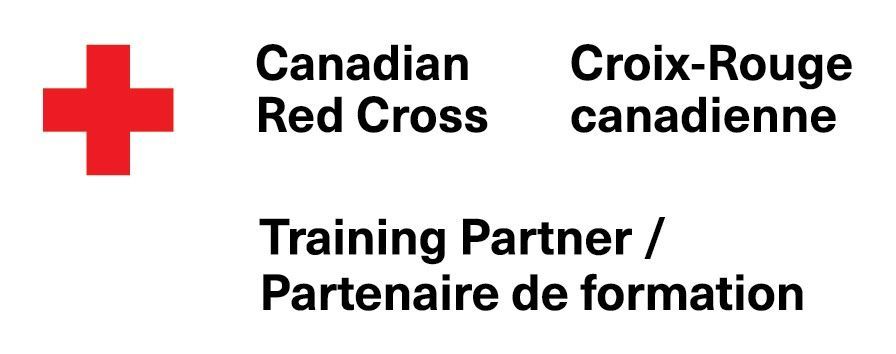Signaling Success: The Advantages of Signal Learning in CPR and Workplace Emergency Care Training
In the realm of emergency care training, the effectiveness of the learning approach can be a critical factor in determining the outcomes of real-life situations. One method that has gained prominence in recent years is signal learning. This innovative approach to training, particularly in CPR and workplace emergency care, offers a range of advantages that go beyond traditional methods. In this blog post, we will explore why signal learning is an exceptional training offering for those seeking to enhance their skills in emergency response scenarios.
Understanding Signal Learning:
Signal learning is a pedagogical approach that involves the association of specific signals or cues with particular actions or responses. Instead of relying solely on theoretical knowledge, signal learning integrates auditory, visual, or tactile cues to prompt and reinforce the correct application of skills. This approach proves to be highly effective in scenarios where quick, accurate responses are crucial, making it particularly suitable for CPR and workplace emergency care training.
- Enhanced Retention and Recall:
- Traditional training methods often rely on theoretical knowledge and repetitive drills. Signal learning, however, leverages the power of association, linking specific signals with actions. This connection enhances the brain's ability to retain information and facilitates faster recall during high-pressure situations. In CPR scenarios, where seconds count, the ability to remember and execute the correct steps can be a game-changer.
- Realistic Simulation and Immersion:
- Signal learning can be seamlessly integrated into realistic simulations, creating an immersive training experience. Whether it's simulating a cardiac arrest scenario or a workplace emergency, the use of signals enhances the authenticity of the training environment. This realism prepares individuals for the unpredictable nature of emergencies and allows them to practice responding to cues in a controlled setting.
- Adaptive and Personalized Learning:
- One of the key strengths of signal learning lies in its adaptability. Training programs can be tailored to individuals with different learning styles and preferences. Visual learners may benefit from cues displayed on screens, while auditory learners can respond well to signals conveyed through sounds. This personalized approach ensures that participants receive training in a way that maximizes their understanding and retention of crucial emergency care skills.
- Efficient Skill Acquisition:
- Signal learning accelerates the process of skill acquisition by creating a direct link between cues and actions. The brain quickly associates the signal with the appropriate response, streamlining the learning curve. In workplace emergency care, where employees may have varying levels of prior training, this efficiency is particularly valuable in ensuring that everyone can acquire and apply essential skills effectively.
Benefits in CPR Training:
CPR is a life-saving skill that requires precise execution in high-stress situations. Signal learning proves to be highly beneficial in CPR training for various reasons:
- Timely Recognition of Cardiac Arrest:
- Recognizing cardiac arrest promptly is crucial for initiating CPR. Signal learning helps trainees quickly identify the signs of cardiac arrest through specific cues, ensuring that the response is initiated without delay.
- Correct Application of Compressions and Ventilations:
- The correct application of compressions and ventilations is vital in CPR. Signal learning aids in reinforcing the proper technique by associating signals with each step, reducing the likelihood of errors during real-life emergencies.
- Team Coordination in Advanced Life Support (ALS) Scenarios:
- In ALS scenarios, where a team of healthcare professionals collaborates to provide advanced interventions, signal learning facilitates effective communication and coordination. Specific signals can cue team members to transition seamlessly between tasks, ensuring a synchronized and efficient response.
Benefits in Workplace Emergency Care:
Workplace emergencies can range from accidents and injuries to medical incidents. Signal learning offers distinct advantages in the context of workplace emergency care training:
- Quick Response to Various Emergencies:
- In a workplace setting, emergencies can take various forms. Signal learning prepares employees to respond swiftly and appropriately to different scenarios by associating specific signals with diverse emergency situations.
- Increased Confidence and Preparedness:
- The immersive nature of signal learning instills a sense of confidence in employees. Knowing that they have trained and responded to realistic signals increases their preparedness to handle emergencies, contributing to a safer work environment.
- Effective Use of Emergency Equipment:
- Workplace emergencies often require the use of specialized equipment such as first aid kits or automated external defibrillators (AEDs). Signal learning ensures that employees can quickly and accurately identify the signals prompting the use of specific equipment, minimizing the risk of delays in emergency response.
Conclusion:
Signal learning represents a paradigm shift in the way we approach CPR and workplace emergency care training. By leveraging the power of association and integrating cues into the learning process, this approach enhances retention, promotes efficient skill acquisition, and prepares individuals for the dynamic nature of real-life emergencies. As we strive to create safer workplaces and communities, signal learning emerges as a beacon of innovation, offering a transformative approach to emergency care training that can make a significant difference in saving lives. Whether in healthcare settings or workplace environments, the adoption of signal learning heralds a new era in training methodologies, empowering individuals with the skills and confidence needed to respond effectively to emergencies.







